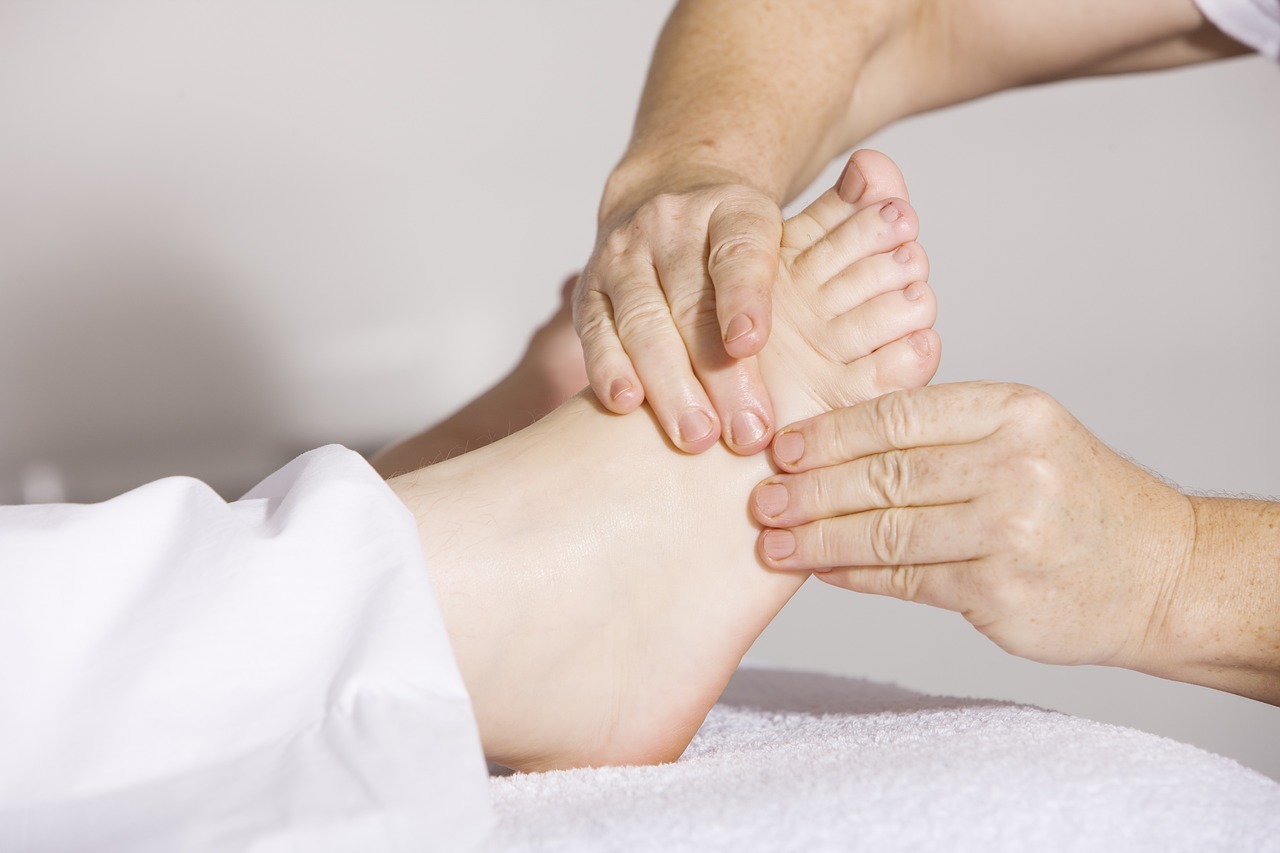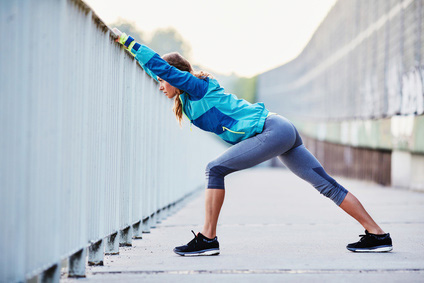[vc_row][vc_column][vc_single_image image=”1321″ img_size=”large” alignment=”center”][vc_column_text]I’m sure traditionally, everybody has been told numerous times to stretch before and after exercises, or in the morning before you get going or at night before you go to bed. And, I do get a lot of patients coming in and saying that, “I know I should do my stretches, and I don’t stretch enough.” But is stretching really necessary? Yes and No.
Growing up, I’ve always been able to bend myself backwards, or in half, rotate my joints to 360°, and anything you name it, I can do it. And no I’m not a gymnast; I just have hyper flexible joints! And right now, just because our world has been taken over so much by emoji’s, I bet every single one of you have already expressed in a million emoji’s to what they’ve just read above! LOL…
With flexibility comes a lot of mobility, so do I need to stretch when I’m that mobile? The answer is no, because I can bend in half and not be able to feel the stretch. I have learnt that for myself when I started going to crossfit. While a lot of people have really tight muscles and reduced range of movements, the mobility drills we do just before we start on our weights and our WODs (workout of the day), would benefit a lot of people, however, I have found that I injure myself easy, as when I stretch or perform those mobility drills, my muscles and joints become too lax to support me and I hurt myself easier by spraining my joints.
Enough of me, and let’s talk about technicality and fancy terms…
So do all of us need to stretch? No. If you were someone that struggles to touch your toes or have difficulty squatting at the gym, then stretching would be necessary for you to achieve that range of movement. However, if you have already got that flexibility, and you struggle to do movements like back squats, deadlifts – putting it in day-to-day life, bending and lifting something, reaching or lunging, then you may need to improve on your mobility!
So what’s the difference between flexibility and mobility?
Flexibility is your joints ability to go through range as far as it is structurally capable – this is your passive range of movement, and to determine that, someone like a physiotherapist is able to do that for you, while you are in a relaxed position and they simply just lift your arm up as far as your joint can go, for example. And, mobility is simply how far you can move that arm actively by yourself.
So while your joints may have the flexibility, it is quite possible to lack mobility. Or if your joints are not flexible, then you may lack both of them. This is when stretching comes into play, and it will definitely give you that extra movement before your exercises or even doing activities of your daily living.
As for me, when I have both flexibility and mobility, stretching and mobility drills don’t quite work for me, as after doing them, I can’t lift heavier weights and have no control, as I have stretched out all my muscles till they are relaxed, so they don’t protect me! Therefore, I use a simple yet precious piece of resistance band to activate my muscles, whether it be doing clamshells, shoulder internal and external rotations, and so on; so that I have that muscle contraction and activation to support my joints to be able to perform my weight lifts and have the control through my movements.
To make it sound less complicated, everybody is very different in terms of their body composition, structure, joints and muscle contractility. While something works really well for a group of people, it may not work at all for another. Whether you’re someone who’s very flexible or very tight and have no mobility, there’s always something that can be catered to you to enhance or improve the quality of your movements without getting injured, may it be at the gym, at work, or even doing chores at home.
So come and see us here at Enhance Physiotherapy, we have abundance of stretches, mobility drills and even muscle activation drills to help you with all your needs!
Simmi xxx
Simmi works full time at our Thornlie Clinic. To book an appointment with Simmi call 6161 8901 or simply book online.[/vc_column_text][/vc_column][/vc_row]



